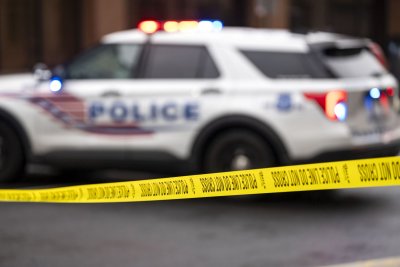3 officers, 1 other shot in Rochester, N.Y.; suspect killed

Dec. 20 (UPI) — Three officers with the Rochester (N.Y.) Police Department and another man were shot by an assailant, whom police tracked down and killed in a gunfight on Friday night.
The officers responded to a domestic disturbance call at 10:15 p.m. from a man who reported another man was trying to break into his girlfriend’s apartment and might be armed, USA Today reported.
The caller also said he was armed with a pistol and had a permit for it.
When the officers arrived at the woman’s home, they found the suspect on the side of the house.
“He immediately pulled out a handgun and fired multiple shots from close range toward the officers and the victim, striking two officers,” Rochester Police Chief David Smith told media on Saturday morning.
The man who called the police engaged the suspect and exchanged gunfire, but was shot several times.
The suspect then fled the scene, but another police officer located him within minutes.
The suspect also shot that officer, but that officer and others who arrived at the scene shot and killed the suspect.
An officer who had been shot several times in the upper body was hospitalized in stable condition, while another who was shot in the upper body underwent surgery and is in stable but critical condition.
The third wounded officer was seriously injured but is in stable condition, while the man who called the police is hospitalized with multiple gunshot wounds that are not life-threatening and is in serious condition.
None of the identities of those involved have been released, and an investigation into the matter is ongoing.
